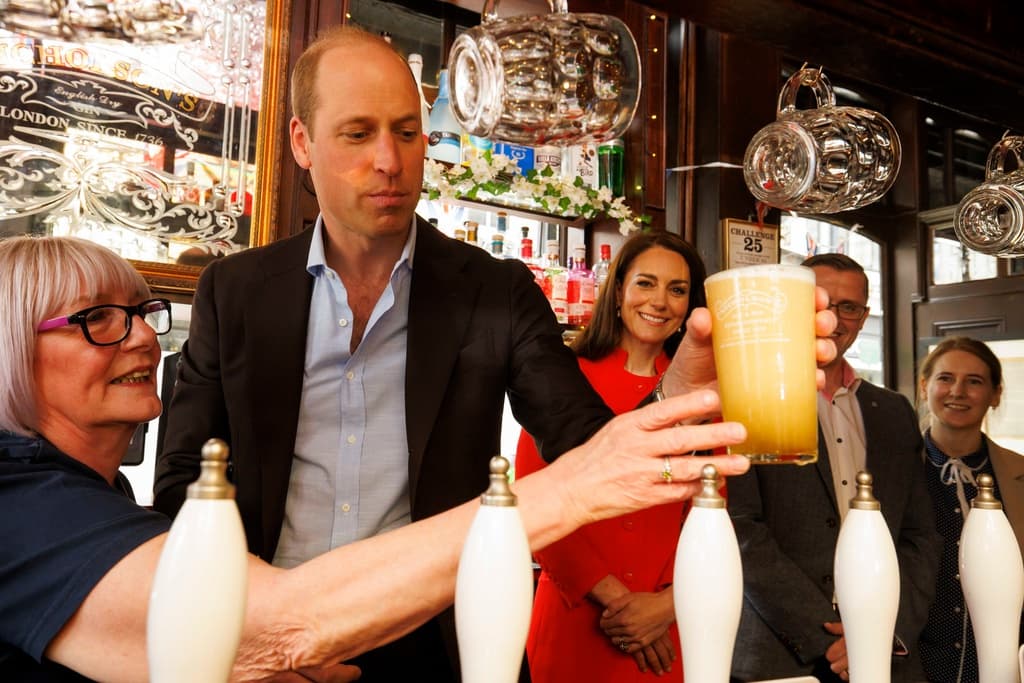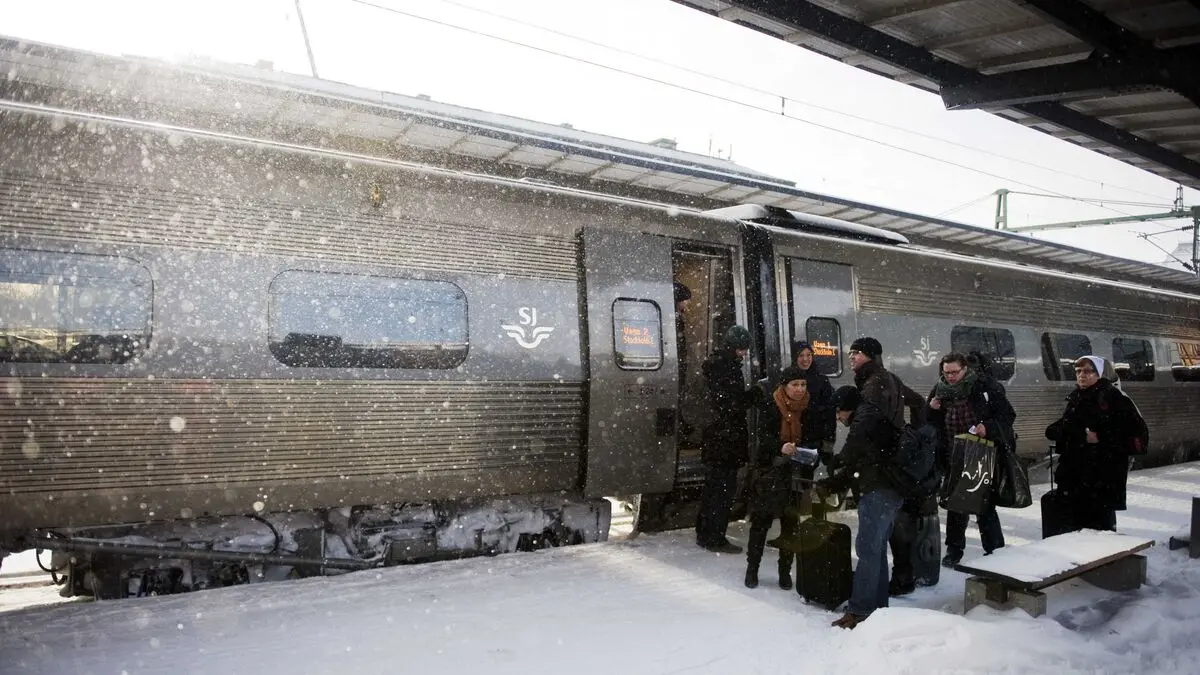The pub death is spreading, one of several gloomy economic signals ahead of the British election. In England and Wales, 80 pubs are now closing down every month. This is an increase of over 50 percent in just one year.
At the turn of the year, the British government counted 39,401 of the beloved inns across England and Wales. But after the first quarter, the figure was down to 39,162 – a decrease of almost 3 pubs per day.
The pub death has been going on for decades, but has accelerated in the economic crisis that has ravaged the country since the EU exit. Industry representatives explain the phenomenon in British media with electricity and food prices driven up by inflation, dwindling customer base, and high taxes.
Labour, the large opposition party expected to win the election on Thursday, is not late to draw in the dark quarterly figures in the election campaign.
We want to save the British pub, I know very well what an important institution it is in so many places, says Rachel Reeves, who is expected to become the new finance minister, to The Sun.
First refusal
She presents a five-point plan that includes, among other things, pre-emption rights – i.e., local interests should get first refusal if a pub is at risk of being bought up to be demolished or converted into another business.
According to The Sun, Reeves also signals that she will continue with the low-tax line for beer in pubs that the current Tory government has initiated, and which is intended to attract people to take a pint at the local rather than buying it at the store.
The British pint is highly topical right now, as the country is celebrating two centuries since The Weights and Measures Act 1824. Previously, there had been all sorts of definitions of a pint, but since then it has been strictly 0.568261 liters.
Over a hundred kronor
However, there seem to be hardly any limits to pricing. As recently as the 1990s, you could often get a pint at the pub for 1 pound. Now, the average price according to the industry organization BBPA is over 4 pounds (53 kronor). And in London, for example, it can land on over a Swedish hundred kronor, 7-8 pounds.
So even though the pub is loved by both Brits and visitors from all over the world, its downward spiral looks relentless. For decades, boarded-up pubs have been a standing feature of the urban landscape. From 1960 to today, about 4 out of 10 pubs have closed, according to BBPA, which unlike the government's latest figures, also includes Scotland – a decline from 75,000 to 45,000 across the country.
The British pubs have roots dating back to Roman times. It was when the invading Romans built roads in the kingdom about 2,000 years ago that the need for inns for travelers arose.
The establishments were called tabernae, a Roman word that later became tavern, or in Swedish, tavern. There, wine was primarily served. It wasn't until the Anglo-Saxons came in the 5th century that beer became more prominent.
In the 14th century, taverns were forced to get names for tax reasons. But since many couldn't read, images of animals, people, and objects were used on signs, a colorful approach that still characterizes the exterior of pubs today.
In the late 17th century, they wanted to distinguish between the beer-serving establishments that were only for members. Taverns that were open to everyone got the epithet "public houses" – which soon in popular parlance was shortened to pub.
Source: Sky History





